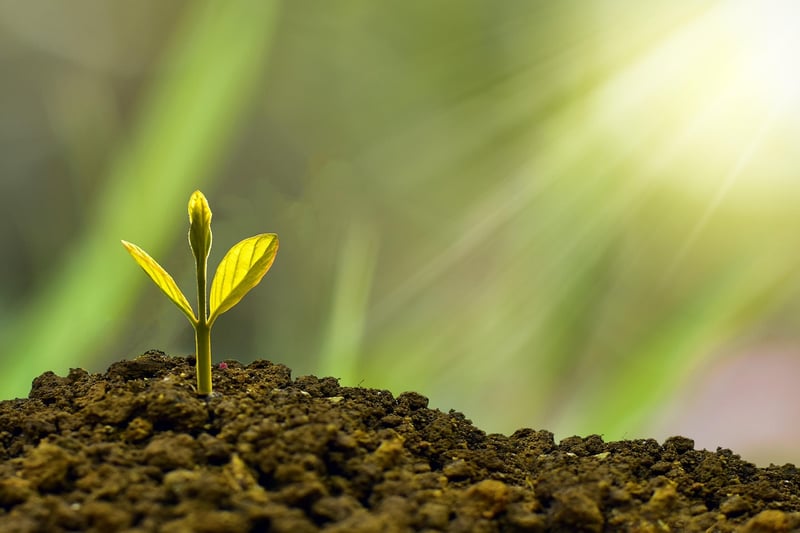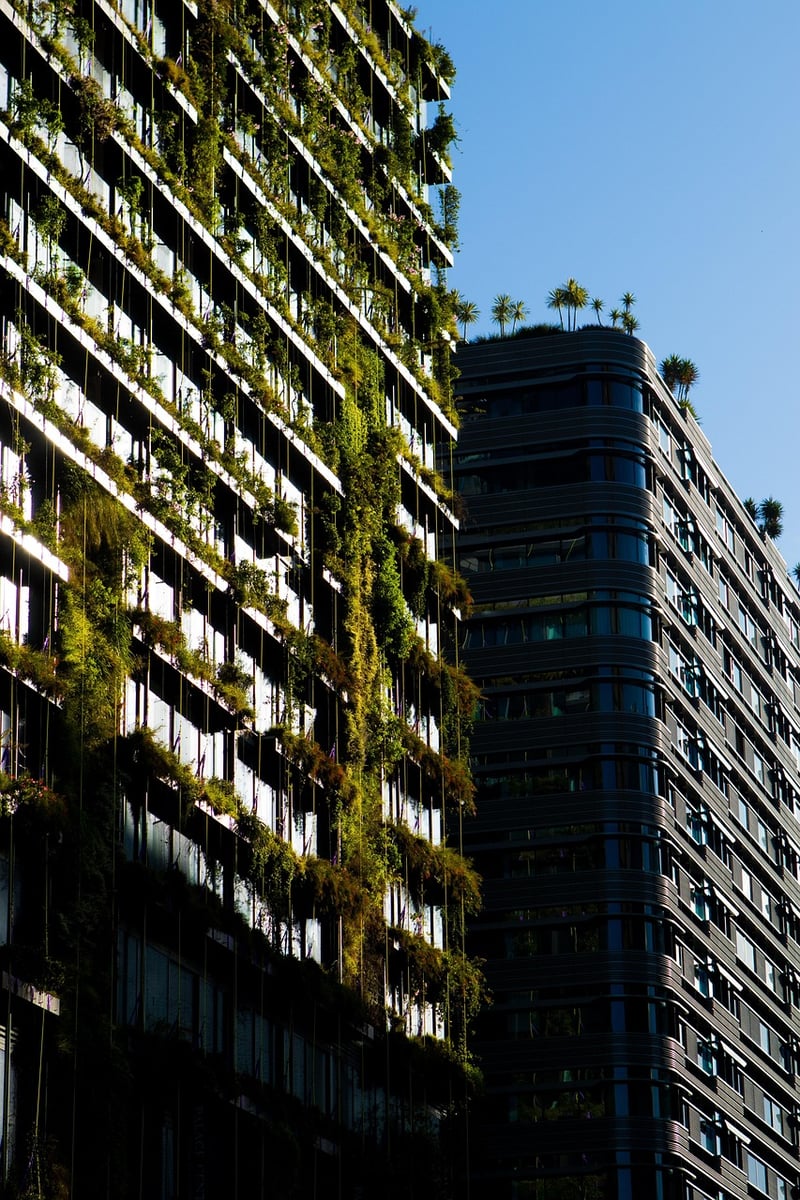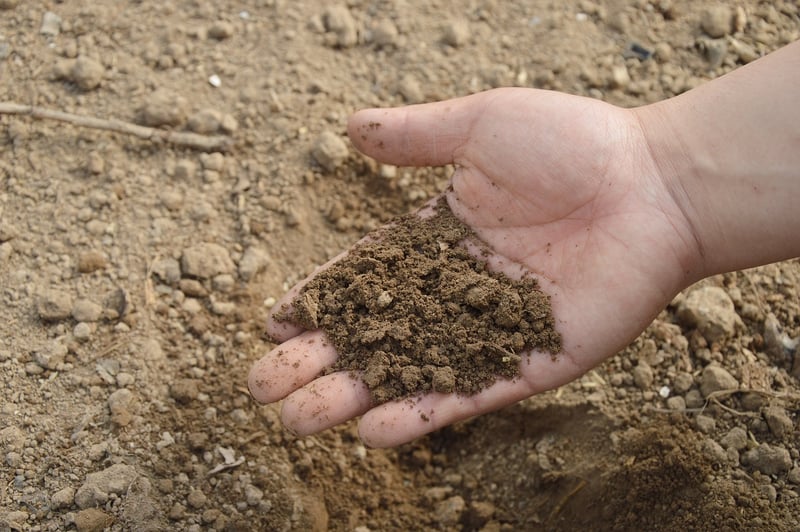Soil and Fertilizer
Vertical Gardens: Soil and Fertilizer Guide
Introduction to Vertical Gardens
Vertical gardens are a fantastic way to bring greenery into small spaces, whether you have a balcony, patio, or even a small indoor area. They not only add beauty but also help purify the air and create a relaxing environment.
Choosing the Right Soil
When it comes to vertical gardens, the choice of soil is crucial. A good quality potting mix that is lightweight and well-draining is essential. Look for mixes specifically formulated for container gardening as they provide the right balance of nutrients and aeration for plants to thrive vertically.
Key Points:
- Opt for a lightweight potting mix.
- Ensure good drainage to prevent waterlogging.
- Consider mixes with added nutrients for healthier plants.
Fertilizing Vertical Gardens
Vertical gardens require regular feeding to support the growth of plants in a limited soil volume. Using a balanced liquid fertilizer diluted to half strength is recommended, as it can be easily absorbed by the plants through frequent watering.
Important Tips:
- Fertilize every 2-4 weeks during the growing season.
- Consider slow-release fertilizers for a long-lasting nutrient supply.
- Monitor plant growth and adjust fertilization as needed.
Images for Inspiration:


Conclusion
By choosing the right soil and providing adequate fertilization, you can create a thriving vertical garden that brings nature closer to you. Remember to monitor your plants regularly and enjoy the beauty and benefits of your vertical oasis.
For more information on vertical gardening, visit The Spruce.
